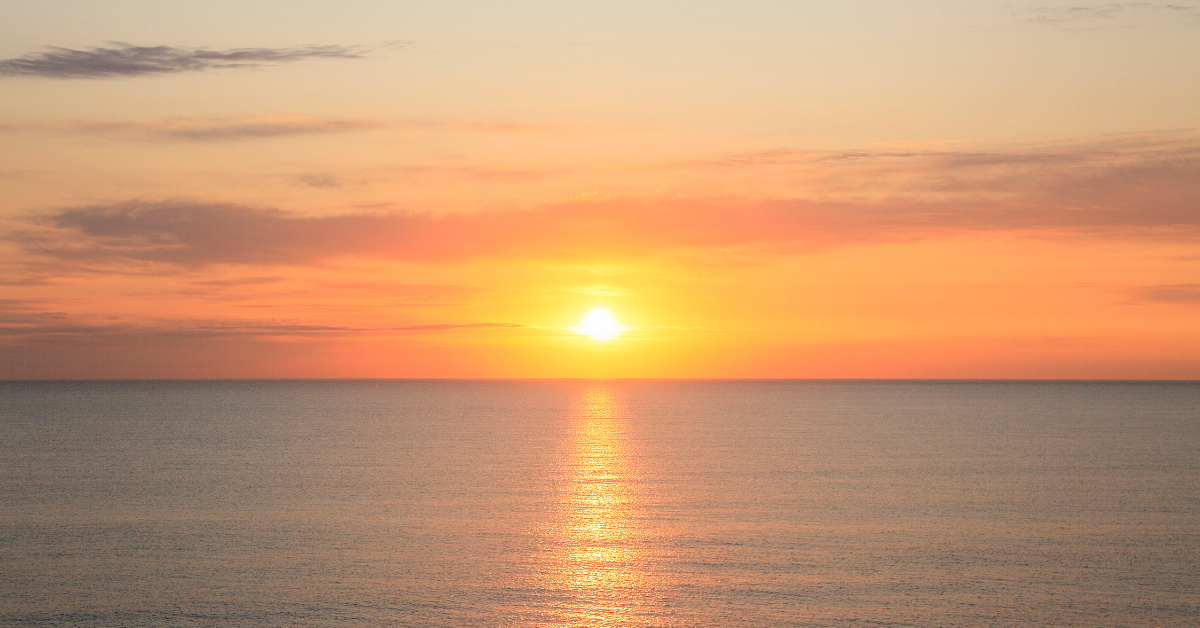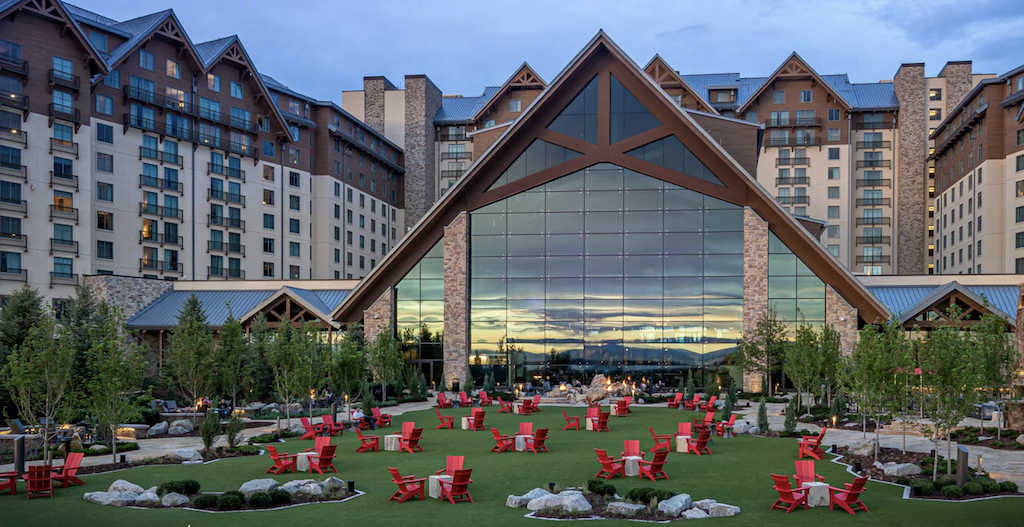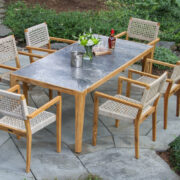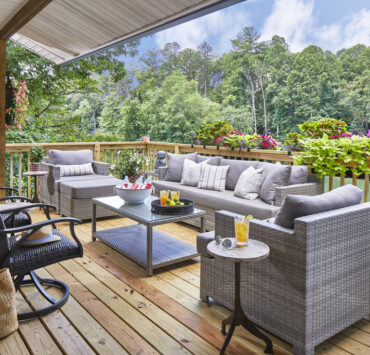As we head into 2025, it’s always valuable to look back at the past year and consider what we should prepare for in the new year.
The casual industry is in a state of constant change. As the category gains more traction in retail stores and online, it’s proving to be a successful business year-round. This is good news for specialty stores that rely on seasonal business because it extends the season. However, it also introduces competition from full-line furniture stores.
The fun never seems to end between politics, the economy, logistics disasters and more. But there are a few questions that we need to consider and ask ourselves as we go into the new year.
1. What will consolidation look like in 2025? Over the past five years, several significant acquisitions have consolidated the casual industry — Group Bayport’s acquisition of NorthCape, Hearth and Home buying The Outdoor Greatroom Co., Best Buy acquiring Yardbird, Watson’s buying Allstate Home Leisure and Plank & Hide acquiring 300 South Main.
There is also Blackford Capital’s Patio Portfolio Platform. The firm acquired Starfire Direct, Artificial Turf Supply, LTD Brands (Patio Productions and Harmonia Living) and Empire Distributing, and now has a dedicated CEO who oversees the portfolio.
Many in the industry believe acquisitions like this will continue and even pick up next year and beyond. Despite what some think, it’s not always bad to be purchased by private equity. The resources and cash they bring to the table is attractive, especially if they have a detailed plan for diving into the category. But realistically, there is also a chance that they can tarnish or take down the brand.
2. Will the industry embrace full-line retailers more? This year has shown again that the casual industry can be insular when it comes to inviting in new members — particularly if they are full-line retailers. But excluding them hurts our industry because there is so much to be learned from these retailers. Take Nebraska Furniture Mart, Baer’s Furniture, City Furniture, Jerome’s — the list goes on and on. When foot traffic is down and specialty retailers are looking for ways to increase it, full-line retailers can teach them a thing or two.
I’ve heard that some are afraid that full-line retailers put specialty retailers out of business, but I’ve also heard the opposite. The fact is, they bring massive attention to the category and they cover a certain price point that allows consumers to step up to independent shops. With online at the bottom, full-line in the middle and specialty at the mid-to-high, there’s a place for everyone. Working together is much more beneficial than being exclusive.
3. Will tariffs affect casual furniture sales? Short answer, yes. Long answer, there are many different ways the tariff situation can play out. But one of the most important things is what’s happening now: Consumer confidence is taking a blow. The very talk of tariffs scares people. Consumers are buying more than ever this holiday season, and it’s likely in anticipation of possible tariffs.
This could indicate a strong first quarter for the industry if people want to buy outdoor before prices possibly go up. But that could mean a softer second half of the year. And with outdoor becoming more of a year-round category, could this set the stage for more change in terms of how often retailers need to buy product?
4. If outdoor becomes a year-round category, does July become even more important? Trade shows happen nearly every month of the year, which allows everyone to purchase when they need to. And it could be possible that if more people are buying outdoors in the off-season, July would become a month where more retailers buy instead of simply peruse or plan orders for September. That’s not something that would happen next year or even in three years, but it is something that could take shape over time and eventually culminate in a new buying schedule.
5. What kind of brand fallout will there be in 2025? There will always be new outdoor brands popping up, but I’ve heard off the record this year that some well-known outdoor brands are struggling. As in, down double digits struggling. Related to my consolidation points above, we are going to lose brands next year. That’s inevitable. The hope is that they can be acquired by a company that can help bring their expertise to new areas, but, unfortunately, it won’t go that way for everyone.
In the same vein, some manufacturers have been oversaturating the market by selling in as many places as possible. They may not go out of business because of it, but it could cause a rift in their business, making them to rethink their strategies to turn the brand around.
For 2025, many I’ve spoken with are optimistic and feel that we will be getting back into a more normal year compared to the effects Covid had over the past five years. The industry continues to grow at a fast pace, and that’s not expected to slow down next year.








